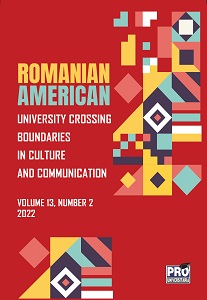Challenges in Translating Gender Pronouns in Legal Texts - A Pedagogical Approach for Using Gender-Neutral Language in Translations
Challenges in Translating Gender Pronouns in Legal Texts - A Pedagogical Approach for Using Gender-Neutral Language in Translations
Author(s): Mariana CoancăSubject(s): Language studies, Foreign languages learning, Theoretical Linguistics, Applied Linguistics, Philology, Translation Studies
Published by: Editura Pro Universitaria
Keywords: Inclusive language; specialized language; translation; gender pronouns; source language; target language;
Summary/Abstract: The paper discusses the role of using gender-neutral language in communication and focuses on developing strategies that can be applied in translation activities, to enhance students’awareness of gender-inclusive language and to highlight its importance in translated texts. Relying on students’ knowledge of employment law, discrimination, inclusions, etc., and on their proficient level of English, the strategies can be implemented successfully. Thus they can ensure the consistency of the translated text and can render it more accurately and inclusively. However, the texts translated into Romanian contained several mistakes related to the use of gendered pronouns, because the translation in Romanian requires that both women and men be visible in the text. Using gender-neutral language in translations can influence Law School students “to speak and write in a way that does not discriminate against a particular sex, social gender or gender identity, and does not perpetuate gender stereotypes.” (The United Nations)
Journal: Crossing Boundaries in Culture and Communication
- Issue Year: 13/2022
- Issue No: 2
- Page Range: 32-39
- Page Count: 7
- Language: English

